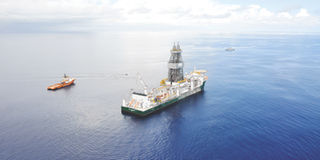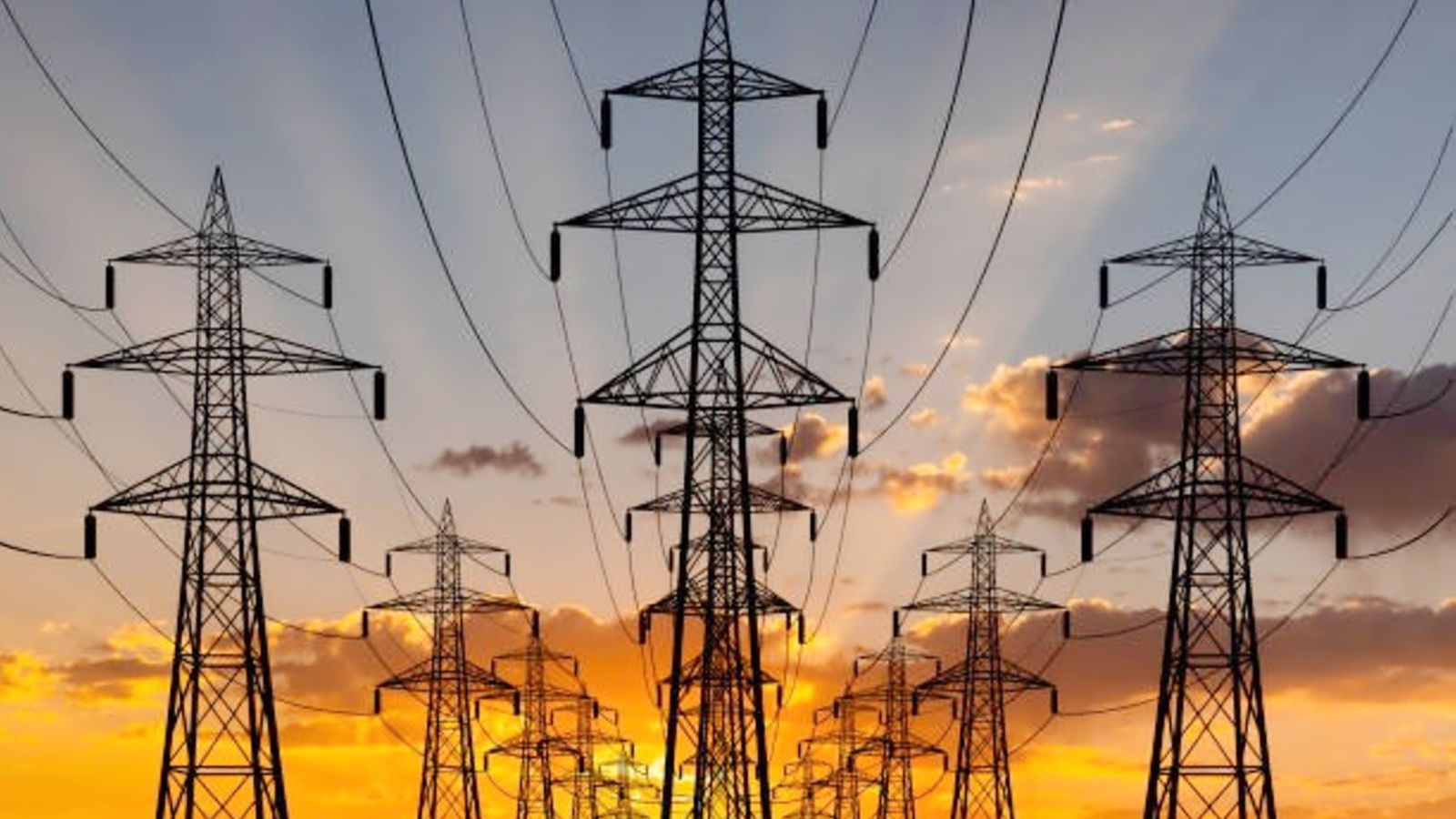What Dar needs to do to attain middle-income status by 2025

The drillship Ocean Rig Poseidon and support vessels at prospects for natural gas at Zafarani location in Tanzania.
PHOTO | FILE
What you need to know:
The country should also be able to identify its comparative advantages, experts heard at a recent workshop.
Dar es Salaam. Tanzania’s economy must be growing at a rate of between eight and 10 per cent if the country is to meet its goal of becoming a semi-industrialised middle income one by the year 2025.
To achieve the goal, stated in the country’s Development Vision 2025, experts want the government to put in place an industrialised policy that has action plan which can be easily monitored and coordinated.
The country should also be able to identify its comparative advantages, experts heard at a recent workshop.
Those who took part in an annual research workshop by the Policy Research for Development (Repoa), observed that Tanzania must promote transparency and accountability in order to reap the benefits that come with the availability of commercially-viable natural gas reserves in the country.
Prof Torvik from Norwegian University of Science and Technology (NTNU) urged Tanzania to invest revenues from natural gas in infrastructure and human capital rather than accumulating the money in the newly established Petroleum Fund.
“Gathering wealth in the form of infrastructure, human capital and health is harder to loot than collecting money in a petroleum fund in a society with weak institutions. These non-lootable investments are key investments in ensuring industrialisation,” he observed.
Under the Oil and Gas Revenues Management Act 2015, an Oil and Gas fund was established in Tanzania to ensure macroeconomic stability and enhancement of socio economic development.
However, available data show that there are many different experiences from petroleum funds based on the design of the fund and initial equilibrium in the economy.
In Alaska, for example 50 per cent of the revenues go to the fund while in Chad, it is between 10 and 15 per cent. In Norway, 100 per cent of the money is injected into the fund.
The Norwegian pension fund, which is the largest sovereign wealth fund in the world, is often referred to as a prime example. But according to Prof
Norwegians however, spent 23 years investing in education, health and infrastructure before they decided to put their revenues in a fund.
Local content
Local content is agreed to be a positive requirement by all stakeholders in Tanzania. However, experts observed that the road from inception to implementation has not been a smooth one and there are still many challenges facing the Tanzanian society.
A key obstacle is the sense of mistrust permeating the extractives sector based on the low revenues Tanzania received from its mining sector and the continued reports of tax evasion from large mining companies. Over the years, the number of goods and services procured locally has increased, but what is defined as ‘local’ remains unclear.
For example, a large multinational plant for spare parts with a local dealership is considered to be a local procurement and the purchase of fuel from companies like BP and Orxy is local content.
Expectation Management
They also noted that there is a challenge of moving forward is to be realistic about how the sector can benefit the country, as expectations of large revenues themselves can drive the economy and change people’s behaviour.
Based on a survey in Mtwara, Lindi and Dar es Salaam presented at the workshop, people expecting high gas revenues expected increased corruption.
This however goes back to the point on how these revenues are managed and whether they will be accessible to looting or be invested in human capital and infrastructure making them harder to expropriate.
This survey was conducted in 2015, before elections and it would be interesting to see if citizens still feel the same under the current government.




